“Glacial Acetic Acid Food Grade 35kg” has been added to your cart. View cart
Reviews (0)
Be the first to review “Adipic Acid” Cancel reply
Shipping & Delivery


MAECENAS IACULIS
Vestibulum curae torquent diam diam commodo parturient penatibus nunc dui adipiscing convallis bulum parturient suspendisse parturient a.Parturient in parturient scelerisque nibh lectus quam a natoque adipiscing a vestibulum hendrerit et pharetra fames nunc natoque dui.
ADIPISCING CONVALLIS BULUM
- Vestibulum penatibus nunc dui adipiscing convallis bulum parturient suspendisse.
- Abitur parturient praesent lectus quam a natoque adipiscing a vestibulum hendre.
- Diam parturient dictumst parturient scelerisque nibh lectus.
Scelerisque adipiscing bibendum sem vestibulum et in a a a purus lectus faucibus lobortis tincidunt purus lectus nisl class eros.Condimentum a et ullamcorper dictumst mus et tristique elementum nam inceptos hac parturient scelerisque vestibulum amet elit ut volutpat.
Related products
AcetateSodium 500gm
Acidulants, Analytical Reagents, Excipients, Microbiology and Cell Culture Reagents, PH Adjusters, Preservatives
Sodium acetate is a compound with the chemical formula CH3COONa. It is often found as the trihydrate form, meaning it has three water molecules attached to the acetate ion. This compound is commonly used in various industries, including food production, where it serves as a preservative or acidity regulator. In chemistry, it's used in buffers and sometimes as a reagent. Sodium acetate is also utilized in heating pads for its ability to undergo a process called crystallization that releases heat when needed.
Lactic acid food grade
Lactic acid is a chemical compound classified as an organic acid. It is a type of carboxylic acid, specifically known as 2-hydroxypropanoic acid. Lactic acid is produced in the body as a byproduct of anaerobic metabolism, primarily in muscle tissues, during periods of intense physical activity or when oxygen supply is limited. It plays a crucial role in energy production and can serve as an alternative energy source when glucose availability is reduced.
In terms of its chemical structure, lactic acid consists of a three-carbon molecule with a hydroxyl group (-OH) and a carboxyl group (-COOH) attached to the second carbon. It exists in two stereoisomeric forms: L-lactic acid and D-lactic acid. L-lactic acid is the most common and biologically active form found in humans.
Lactic acid has several industrial applications, including its use in food production, pharmaceuticals, and cosmetics. It is often utilized as a preservative, flavoring agent, pH regulator, and moisturizer. Lactic acid is also employed in various chemical processes, such as the production of biodegradable plastics and environmentally friendly solvents.
Overall, lactic acid is an important compound with diverse biological and industrial significance, contributing to various physiological processes and serving as a versatile chemical building block in numerous applications.
Magnesium Carbonate
Malic acid 25kg
Malic acid is a naturally occurring organic compound with the molecular formula C4H6O5. It is a dicarboxylic acid that is commonly found in fruits, particularly in apples, and is responsible for their sour taste. Malic acid is also used in the food industry as a flavor enhancer, acidity regulator, and preservative. It can also be used in various other applications such as in the production of cosmetics, pharmaceuticals, and as a chelating agent in metal complexation reactions.
Phosphoric acid Technical Grade 30kg
Phosphoric acid is a clear, colorless, and odorless mineral acid with the chemical formula H3PO4. It is a triprotic acid, which means that it can donate three protons (hydrogen ions) per molecule when dissolved in water. Phosphoric acid is commonly used in the production of fertilizers, detergents, and food additives, as well as in various industrial applications, such as rust removal and metal surface treatment. It is also used in the production of soft drinks, where it gives a tart flavor and acts as a preservative.
Sodium bicarbonate (Baking Soda)
Sodium bicarbonate, also known as baking soda, is a chemical compound with the formula NaHCO3. It is a white crystalline powder that is commonly used in baking, as a leavening agent to help dough rise. It is also used as an antacid to neutralize stomach acid and as a cleaning agent for its abrasive and deodorizing properties. In addition, sodium bicarbonate is used in various medical applications, such as in the treatment of metabolic acidosis and as a component of dialysis solutions.
Tartaric Acid 500gm
Tartaric acid is a naturally occurring organic acid found in many plants, particularly in grapes, bananas, and tamarinds. It is well-known for its significant role in the wine industry, where it helps stabilize the wine and contributes to its taste. Here are some key aspects and uses of tartaric acid:
Chemical Properties
- Chemical Formula: C4_44H6_66O6_66
- Molecular Weight: 150.09 g/mol
- Appearance: White crystalline powder
- Solubility: Soluble in water and alcohol
Natural Occurrence
Tartaric acid is widely found in nature, predominantly in fruits like grapes, apricots, and apples. The potassium salt of tartaric acid, known as potassium bitartrate or cream of tartar, is a byproduct of winemaking.Industrial Production
Commercially, tartaric acid is often produced as a byproduct of wine production. The process involves:- Extraction: The sediment left in wine barrels, known as "lees," is treated to extract potassium bitartrate.
- Purification: The crude potassium bitartrate is then purified and converted to tartaric acid.










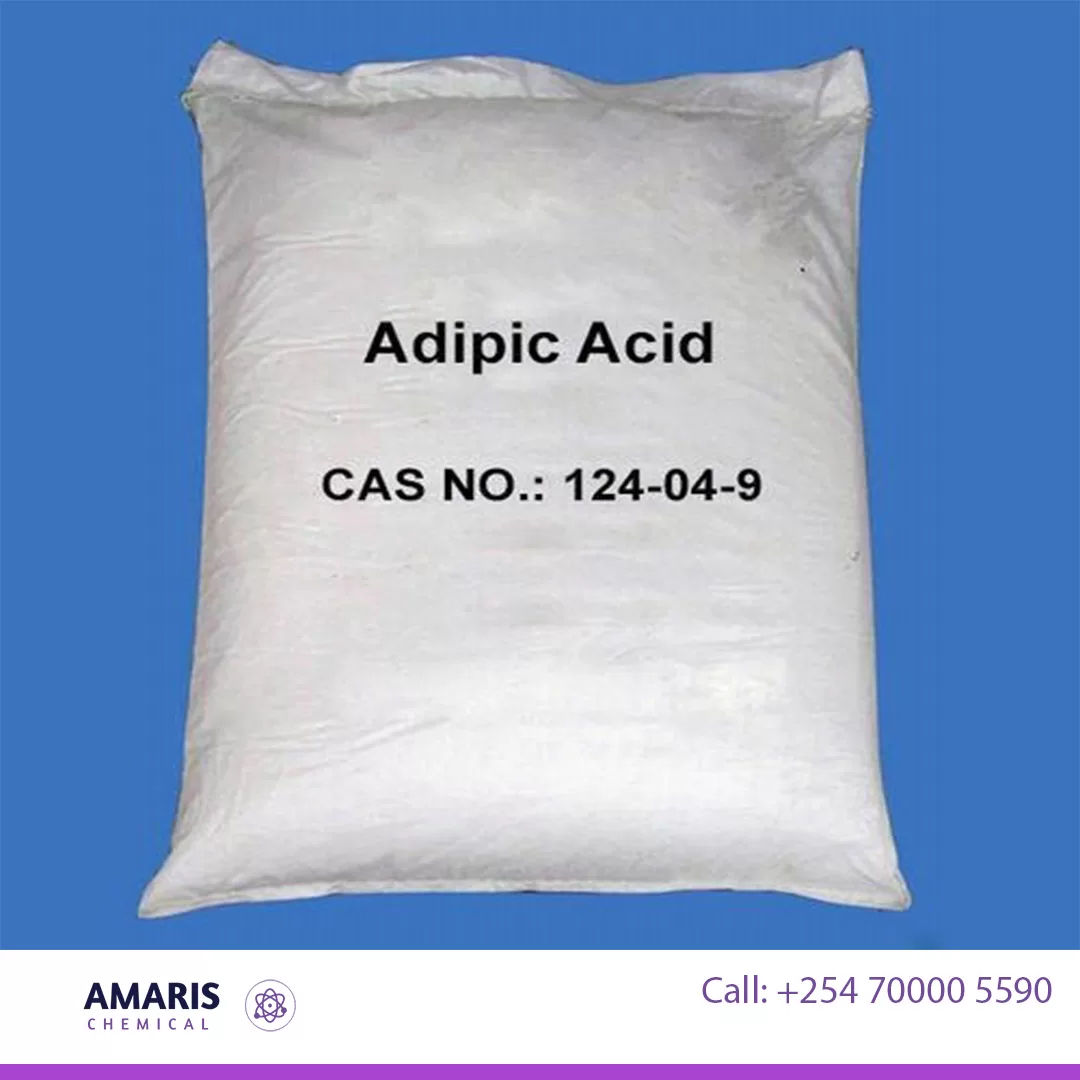

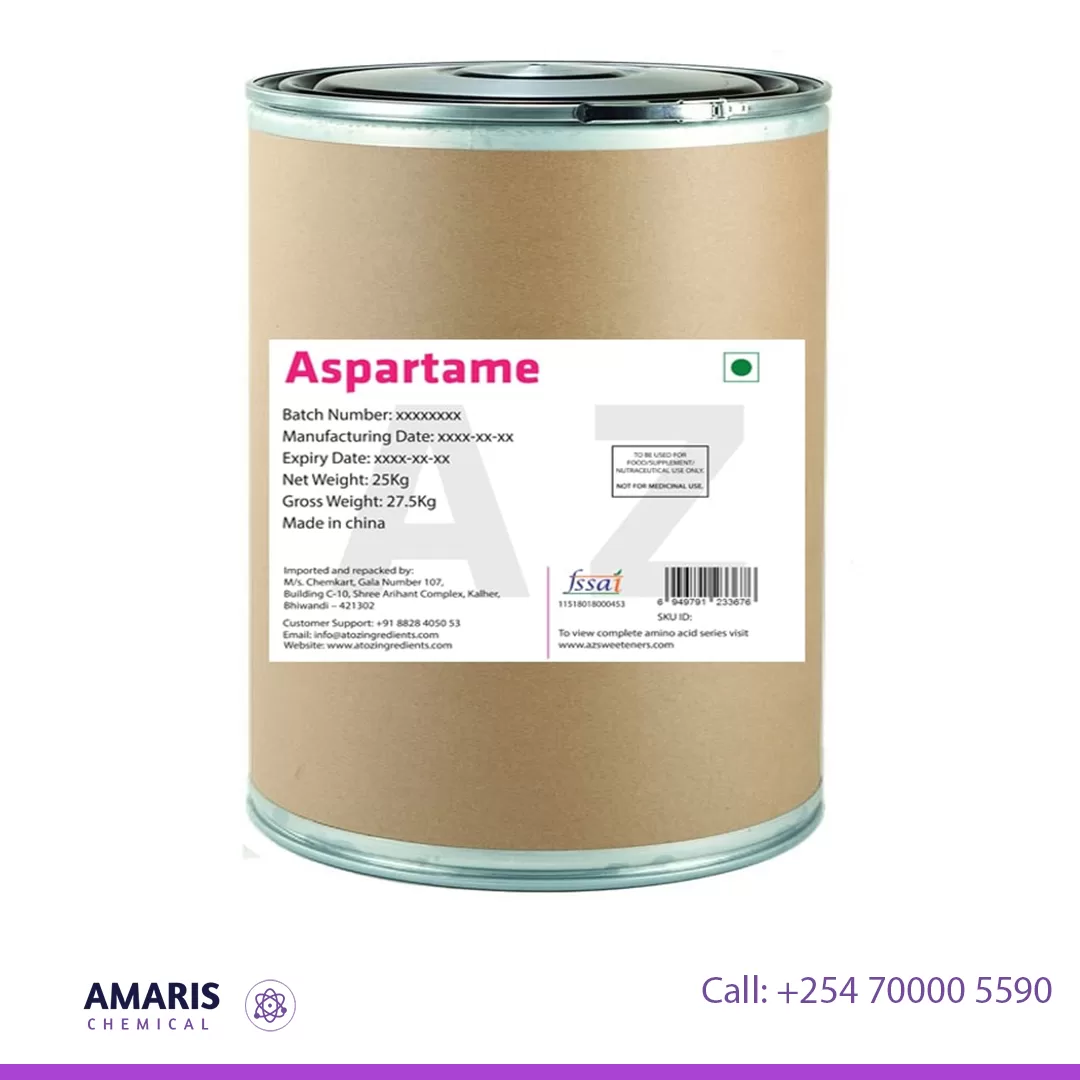
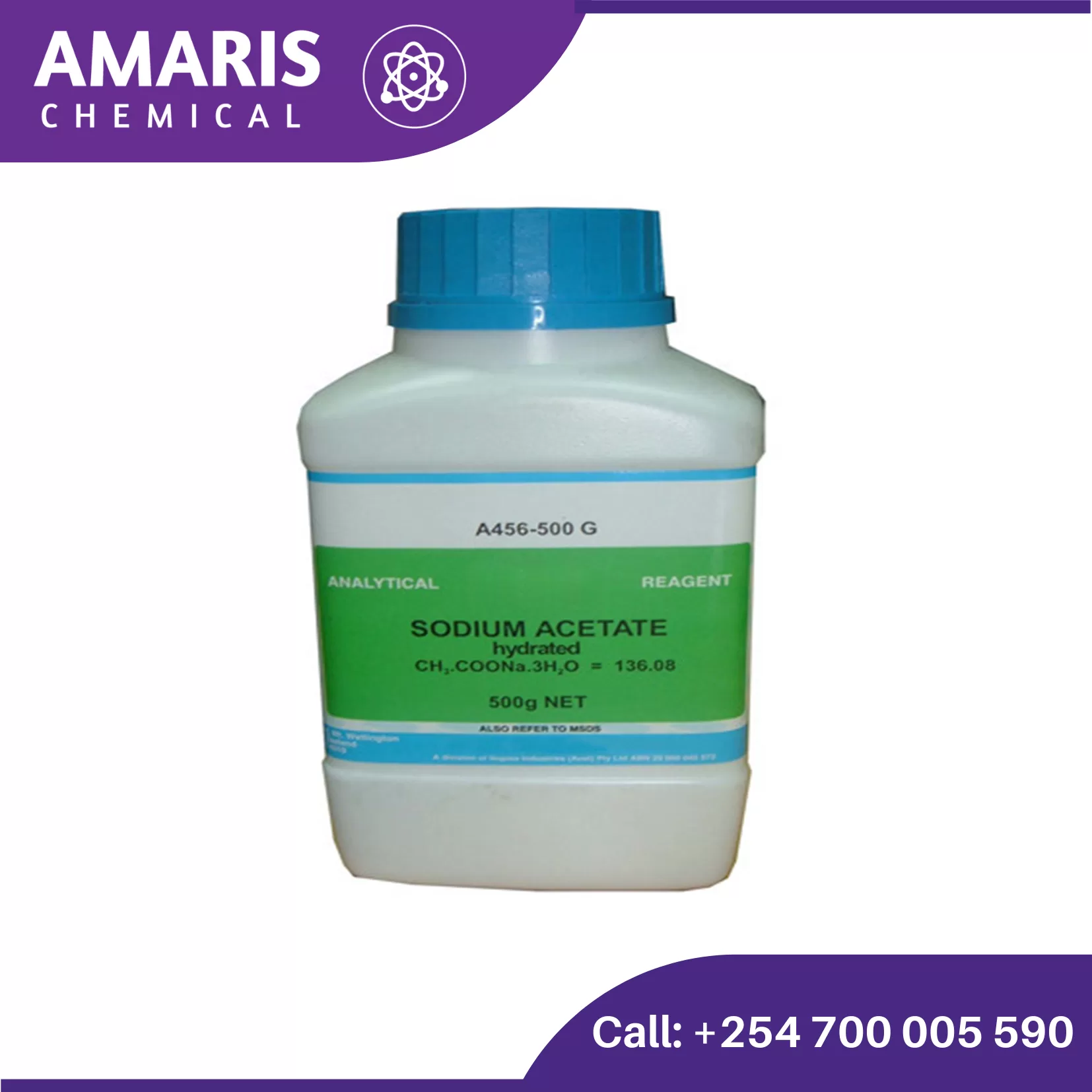
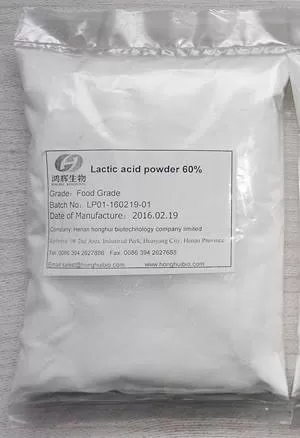
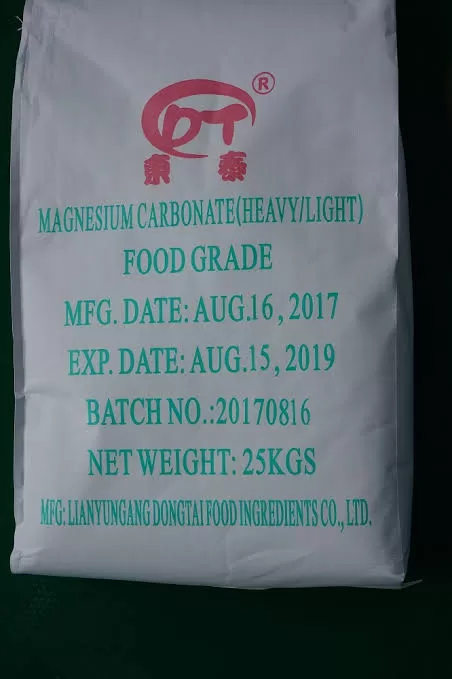
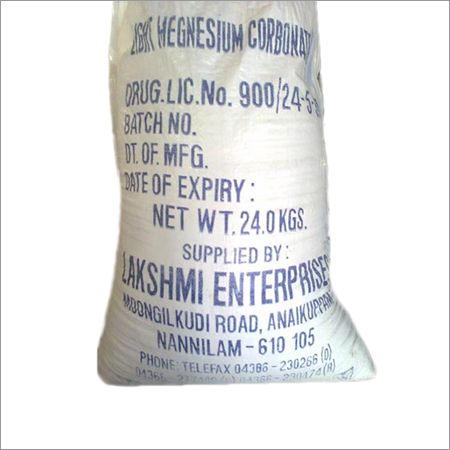
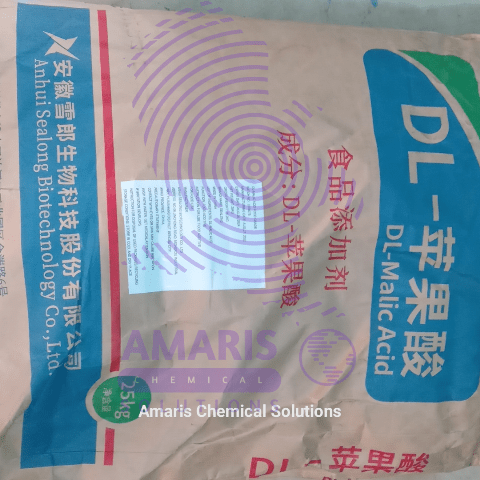


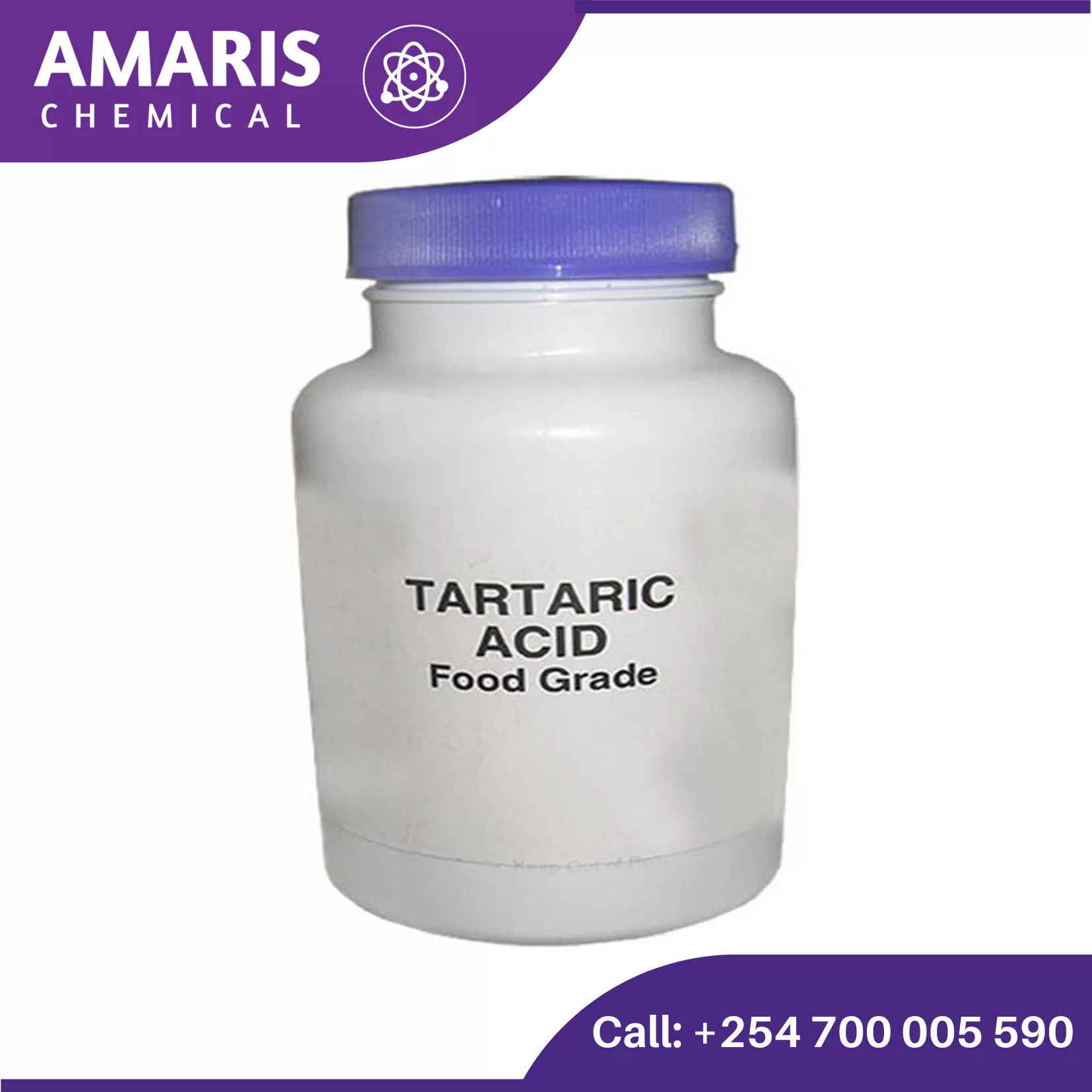
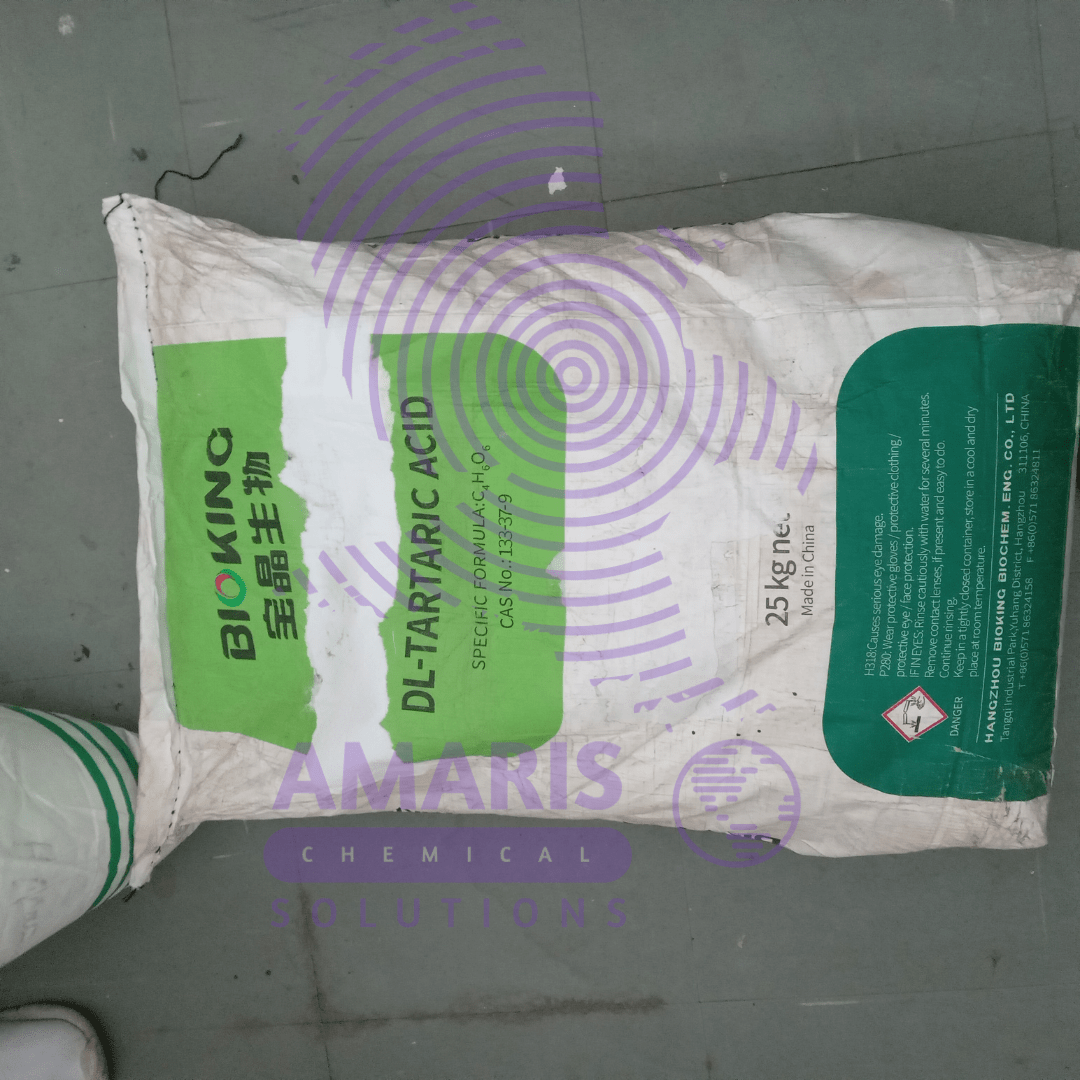









Reviews
There are no reviews yet.